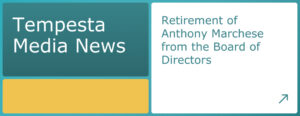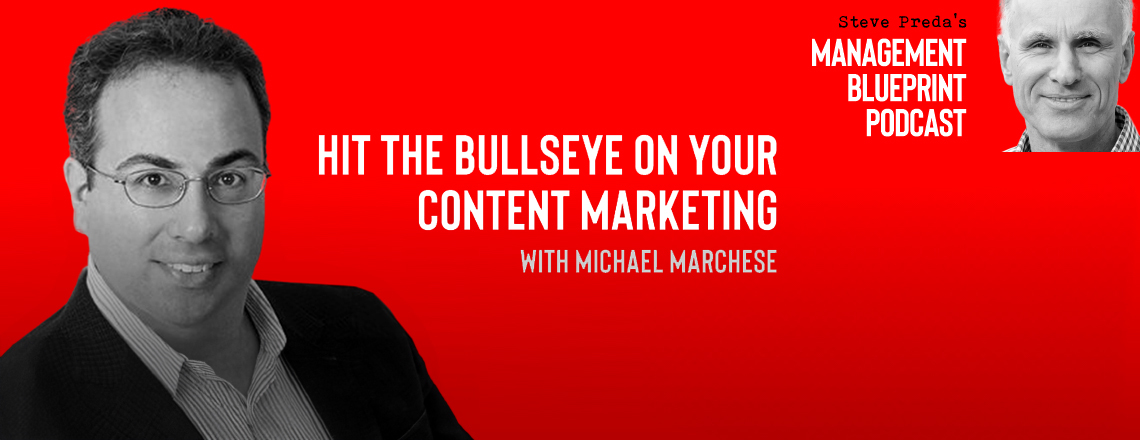Savvy businesses use custom digital content to build their web presence and win new users.
Through web content marketing, they execute a scalable, trackable program with a high return on investment (ROI). They do this because they realize that branded content is not an expense, but rather an Intellectual Property (IP) asset.
They know that investing in content creation is more about creating a new product. It is less about the “collateral” or “printing” line item on their profit and loss statements. So why have they chosen to become a digital content provider over continuing to use conventional user acquisition methods?
Unmeasurable results vs. measurable results
Unlike traditional collateral, which can be hard to determine accurate analytics for, digital content’s performance is easily measured. Most web analytics software packages allow CMOs to quickly determine how many visitors, leads and buyers originated from a specific piece of content. Because the results can be measured, determining a clear return-on-investment (ROI) from content marketing is a straightforward process. As a result of highly detailed trackability, more astute companies see custom digital content as a scalable customer acquisition program.
One-off results vs. sustained results
First of all, move custom digital branded content from a marketing general and administrative expense to a marketing media or advertising expense. This is a push in the right direction. However, there is a final step: redefining custom digital content as an asset, not an expense. An asset has value which may be depreciated over a period of time. For example, a computer may have a three-year depreciation period.
In contrast, companies purchase an advertisement in the yellow pages. The telephone directory places the ad and runs it for a predefined period of time. The results of the advertisement are tallied up – inasmuch as that is possible – then measured against the amount spent. With custom digital content, however, there is no predefined end date. Prospective users will find, read and respond to digital content as long as it is available somewhere on the internet. This results in a value curve generated over a long period of time, much like a product.
The quality and strength of the content will directly influence the value curve of its content marketing utility. For example, a simple blog post may generate 90 percent of its value over a three-month period. Meanwhile, an expertly written custom paper or e-book may have a value curve that stretches for years. A single piece of content can be useful for customer acquisition for months or even years after its release. The more effort and investment that are poured into generating a piece of high-quality content, the greater and more lasting the results will be.
Exposure vs. obsolescence
Even the major search engine services have shifted their views on content. Last year, Google made several sweeping changes to their search engine algorithms.
Previously, the focus has been mainly on the taxonomy of the page, contextual relevance of the content and inbound link strength. Now, Google has placed additional emphasis on both the quality and originality of the content. It has also highlighted the frequency with which a content manager adds new content to the website. This makes smart content marketing an essential part of any company’s search engine optimization and user acquisition efforts.
Transience vs. permanence
Marketers print, distribute and eventually discard tangible brand content. This cycle repeats at varying intervals, depending on the company and industry. User reviews indicate that this method is impermanent and ineffective. But custom digital content, once created and distributed via the internet, is essentially permanent and especially effective. Ask any CMO of an established company to provide a website report showing the origins of the company’s visitors (referring URLs).
The list will likely stretch into the thousands or even tens of thousands. Much of this customer acquisition occurred as a direct result of the company’s online presence. Branded content, which could have been published last week – or a decade ago – drives their online presence. In most cases, it is still accessible.
Further, companies can add those digital goods to their asset library files for later use. The utility of a digital product, such as a custom paper, does not end once it has been released online. Even if it has been buried in social media feeds, marketers can ferry the files out of the asset library, spruce it up and republish. When entirely new users – or even old ones – see it and click through to the site, the ROI of those digital goods will go up yet again. Good web content management ensures that digital assets are reusable in order to attract new customers again and again.
Tweaking vs. set-and-forget
Some agencies opt for an advertising-based customer acquisition strategy. This involves plastering social media and search engines with ads to increase brand awareness and coax customers into clicking through to the website.
Subsequently, it involves expending hours ever-so-slightly adjusting ads to increase the click-through rate – and hence, the ROI. Editorial content, however, requires little to no tweaking once it has been published. While editorial content may still be broadcast to each social media outlet, very few refinements are necessary post-publication.
Adapting to asset-based digital content
Once companies start viewing content as the asset it is, they must retool their marketing organizations for content curation and creation. In a sense, companies need to become brand publishers.
While some choose to build-out the entire infrastructure required, with content managers, writers, editors, content syndicators, etc., most opt for a fully or partially outsourced solution. Regardless of the implementation approach, the end result is the same: deployable brand content, a new customer acquisition channel, increased revenue and a higher, more defendable market share.
To get more information on the services available from Tempesta Media and to find out how we can handle your web content management, contact us today.












